OLED lighting is finally being mass produced as manufacturers gain more market experience and prices fall. At the 5th Edition LED/OLED Light Expo, some commercialized OLED lighting applications include medical system lighting, a sector that has attracted a lot of attention from buyers.
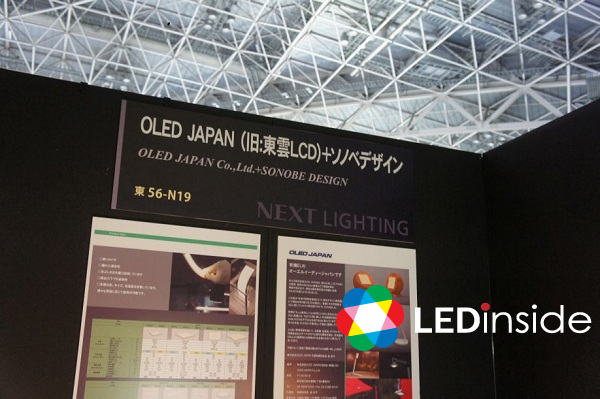 |
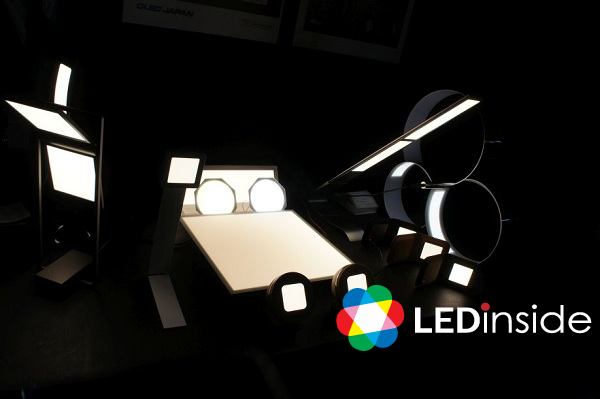 |
|
Top: OLED Japan booth. Bottom: OLED panels.(All photos courtesy of LEDinside) |
Displays at the “3rd Tokyo Design Lighting Expo and Conference” had improved significantly compared to the previous two shows, and the focus was more on LED lighting designs this year. The advantages of LED lighting and OLED applications were heightened in the dark booths, where organizers integrated new and suitable lighting design concepts.
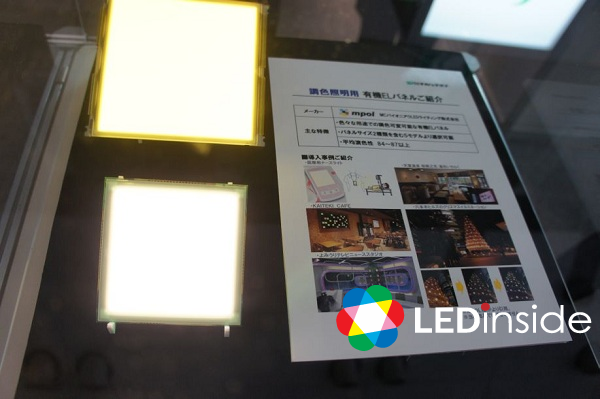 |
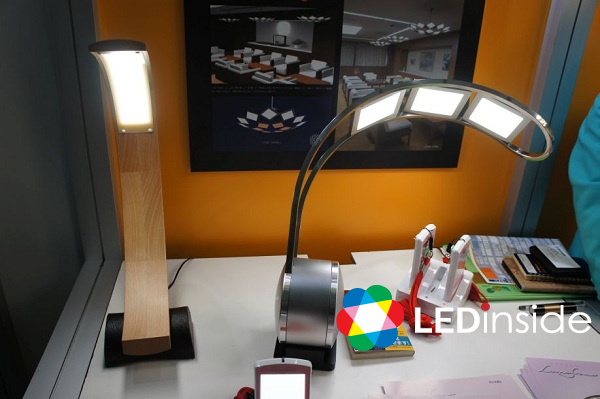 |
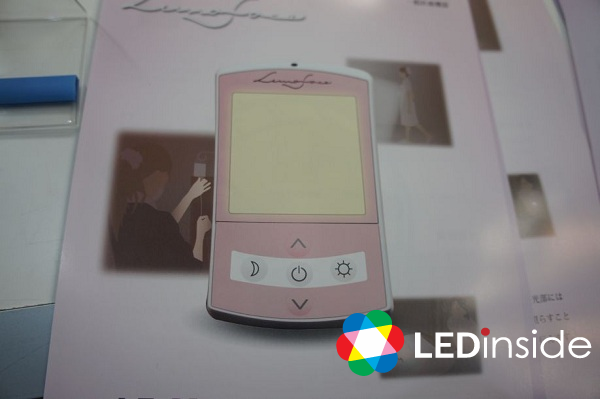 |
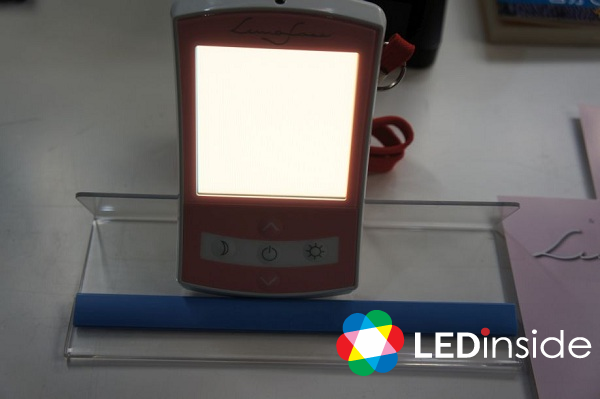 |
|
Top: OLED panels. Center: OLED table lamps. Bottom two: Takahata's portable OLED light for nurses. |
Takahata electronics has built on top of its medical lighting concept, and is currently supplying nurses with OLED luminaires. The gentle light source can be used in hospitals. Takahata is also supplying various OELD panels to suppliers, and is producing to meet different application markets.
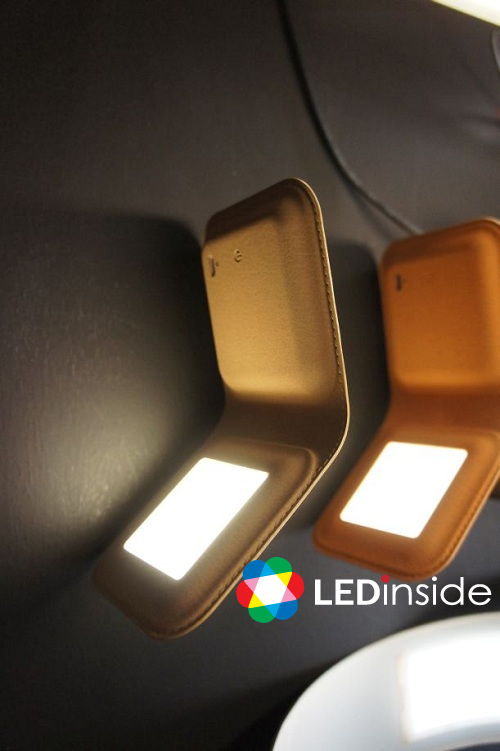 |
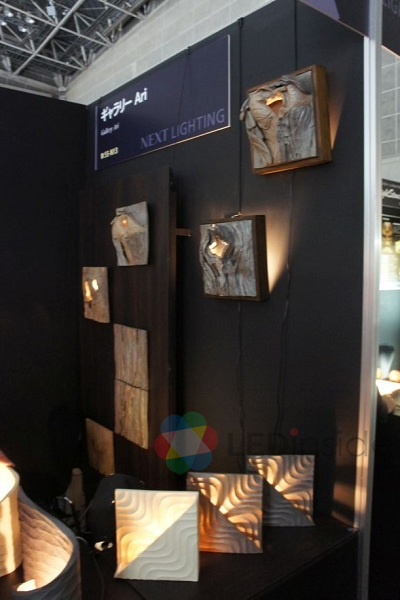 |
|
Top: Encased OLED lighting. Bottom: Feel Lab's OLED lighting combined with wood and other textures. |
Feel Lab has applied luminaire materials made by craftsman from Kyoto, Japan. One of the highlighted aesthetic lighting products is a 10mm thick LED bulb, or just a 1cm thick LED luminaire. Another equally thin LED bulb, LiLi, also attracted a lot of inquiries at the show. The company also created a wooden structured OLED luminaire, PACO, which combines excellent quality wood with thin light sources.
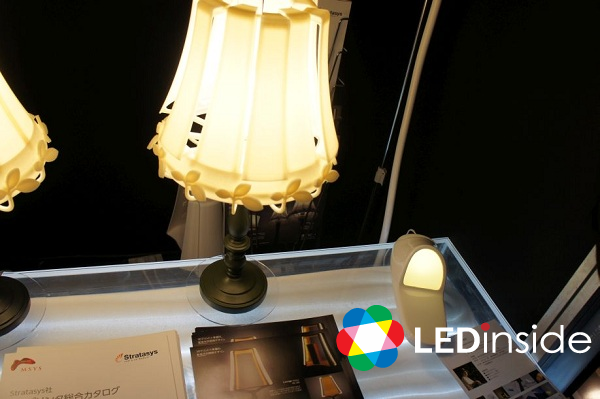 |
|
Anno-Design's aesthetic lamp shade is made from advanced 3D printing technology. |
Japan’s Anno-Design also released special 3D printed OLED luminaires. 3D printing technology is utilized to make the lamp shades, which is an innovative and cost effective way of designing and developing LED or OLED luminaires.
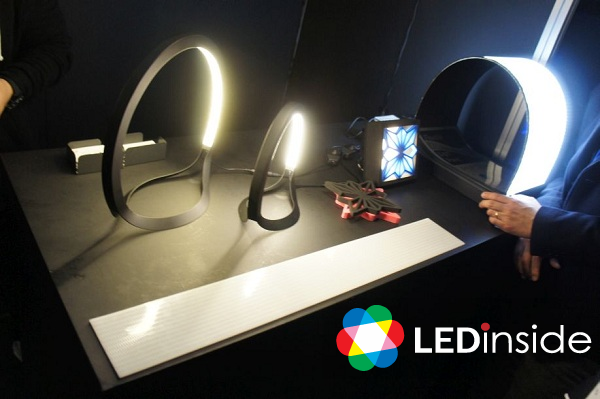 |
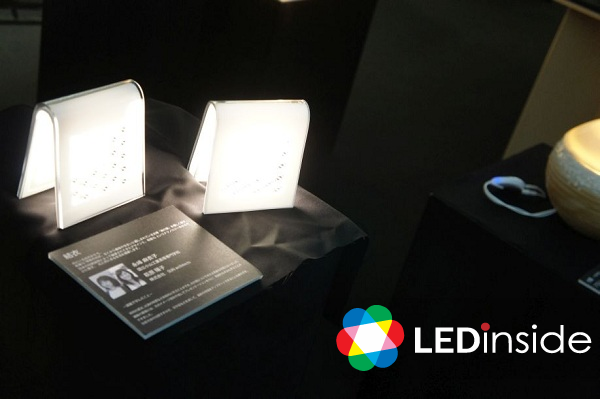 |
 |
|
Top to bottom: Different OLED luminaire designs. |
Japanese manufacturers are also developing thin illuminating walls made from OLEDs and natural stone materials. These can be applied to commercial or architectural lighting, where the use of innovative light walls can create special lighting effects.
(Author: Ivan Lin, Editor-in-Chief, LEDinside/Translator: Judy Lin, Chief Editor, LEDinside)























